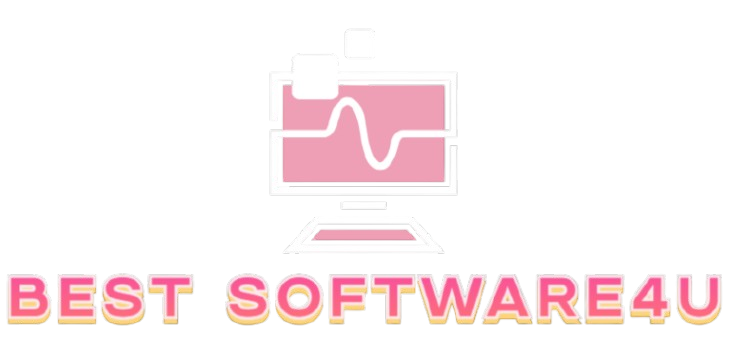By integrating forensic watermarks into its anti-piracy defence plan

The Edge server completely eliminates any possibility of unauthorised copying of premium over-the-top content. This is accomplished by including anti-piracy defence strategies that include forensic watermarks as part of their anti-piracy defence strategies.
When it comes to preventing their content from being used or disclosed in an unauthorised manner, companies that offer video on demand and over-the-top services (also known as VOD and OTT) have never had it more important than they do right now to safeguard it against unauthorised access and disclosure. In point of fact, its significance is higher now than it has ever been before. The use of digital rights management (DRM) protected content has swiftly become a standard practise among all parties involved in the production and distribution of digital media. This serves as an additional method of discouraging illegal streaming and has become increasingly common in recent years. The phrase “digital rights management system” is an acronym for “digital rights management,” and the full name of this concept is “digital rights management.” This is done with the intention of preventing illegal streaming as well as minimising any damage that may arise as a result of illegal streaming. You will be able to discern the video streams that belong to each individual viewing session apart from the video streams that belong to other viewing sessions with the assistance of watermarking. This is because watermarking allows you to identify which video streams belong to which viewing sessions. There are a wide variety of techniques for watermarking, the most common of which are bitstream modification, A/B watermarking, and client-side watermarking. There are also many other techniques available. There are also more ways to address the problem. The process of watermarking can also be done in a variety of different ways using a wide range of different approaches.
Session-based watermarking is something that can be implemented on any streaming player or device, and it ensures that each individual user receives a copy of the content that is completely unique to them. This particular kind of watermarking can be of significant benefit to businesses, since it prohibits users from sharing the one-of-a-kind copies of the content that they have created with other individuals. Any player or device that can play streaming content has the capability of incorporating session-based watermarking into the playing of that content. Because all streaming sessions originate from the edge of the content delivery network (CDN), it is possible for the edge server to carry out the functions necessary for video watermarking. This is made possible by the fact that CDNs use edge servers. As a result of the most recent advancement in watermarking technology, service providers now have the capacity to directly insert a watermark into an encoded bitstream. This enables them to better protect their customers’ data. During this period of time before distribution, the edge server will generate a one-of-a-kind identity for each piece of content before sending it out to end users. This will take place before the material is distributed.

The following is a list of some examples of sites that are similar to Mangaowls that serve as examples of anti-piracy methods that can be implemented with the assistance of an edge server:
Before beginning the watermark pre-processing, the video asset that will be supplied is first subjected to the ABR transcoding treatment. This is done in order to prepare the asset for the watermarking process. This takes place before any of the pre-processing steps are carried out. The process of encoding a WMID can be made much simpler by utilising this method of video analysis, which identifies potential transition moments in the video stream. This makes the process of encoding a WMID significantly less complicated (Watermark Identifier). During the process of packaging the bitstream, the information that was obtained through this analysis is first added to the metadata, and then it is encoded. During this process.
The token that was required for the watermark has been given to the recipient: Before beginning each individual viewing session, the video player will first determine whether or not it has been given, and then check to see if a WMID is present if it has been given. A JSON web token that is also capable of performing the functions that a WMID is capable of completing will be generated by the platform management subsystem of the content provider. This token will be used to access the JSON web.
Every time a request is made for a video, the edge server will ensure that the video is genuine by conducting a check on the WMID token that was passed to it. If the compliance tests are passed, the ABR video that was requested to have a watermark added to it will have the watermark added, and the WMID that was provided in the token will be used. This will take place if and only if each and every one of the tests is completed and passes with flying colours. After that, the content delivery network (CDN) will disseminate videos that have already been watermarked. This will ensure that each individual customer will receive their very own, individualised video stream. The videos that have already been watermarked will be disseminated so that this goal can be accomplished.






